Iconic pubs and bars
Public Houses are a cornerstone of life here in Britain, dating back as far as the Roman invasion in 43 AD. Plymouth is no different, and its humble establishments are steeped in history and nostalgia. We’ve taken a look at a few of Britain’s Ocean City's most historical public houses and bars.
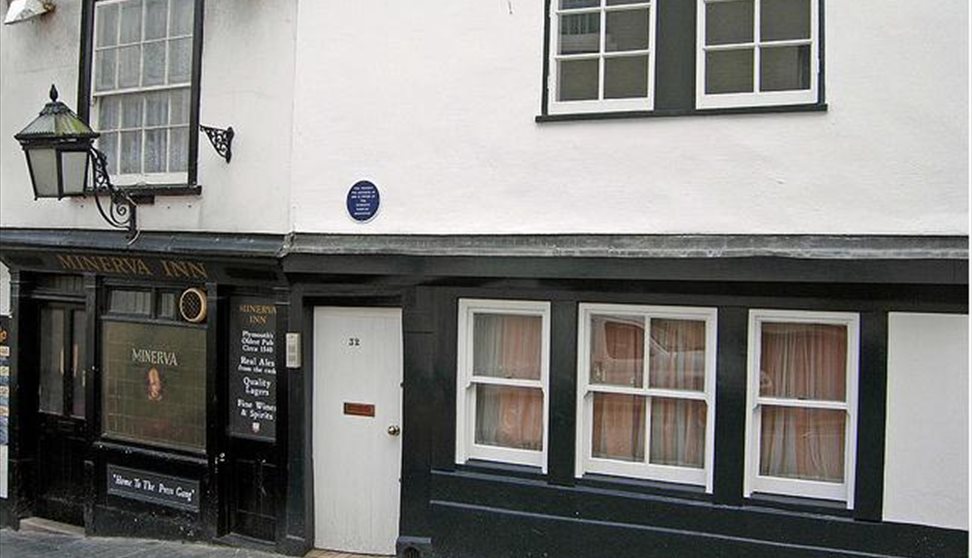
The Minerva Inn
The Minerva Inn was named after the Goddess Minerva. She was considered to be the virgin goddess of warriors, poetry, medicine, commerce, wisdom, crafts and the inventor of music. The Minerva Inn is Plymouth’s oldest serving public house.
In the 17th Century the Minerva was home to the Press Gang and stories of secret tunnels and doorways are still evident within the timber walls. There is a small stairway peephole where the Press gang would look out for potential sailors entering the establishment and drop the Kings shilling in to their beer, if the unsuspecting patron drank from the beer then they had accepted the Kings shilling and were taken off to join the navy, anyone not complying would be taken by force, usually with a blow to the head and then taken off to a ship, by the time they had regained consciousness they would be out at sea. Plymouth’s most famous seamen Sir Frances Drake had a home on Looe Street, so it is more than likely he would have visited the pub.
The Pub is timber framed and a lot of the timber is from the Spanish Armada Fleet. There is a spiral staircase leading to the private residence which in the centre hosts the Mast from one of the fleet.
The Minerva always has a welcoming friendly atmosphere, yet occasionally there has been felt a ghostly presence. First hand experiences in recent years have included a levitating spoon, numerous instances of the cellar gas being turned off, the juke box playing after it has been switched off and a small figure standing at the bar.
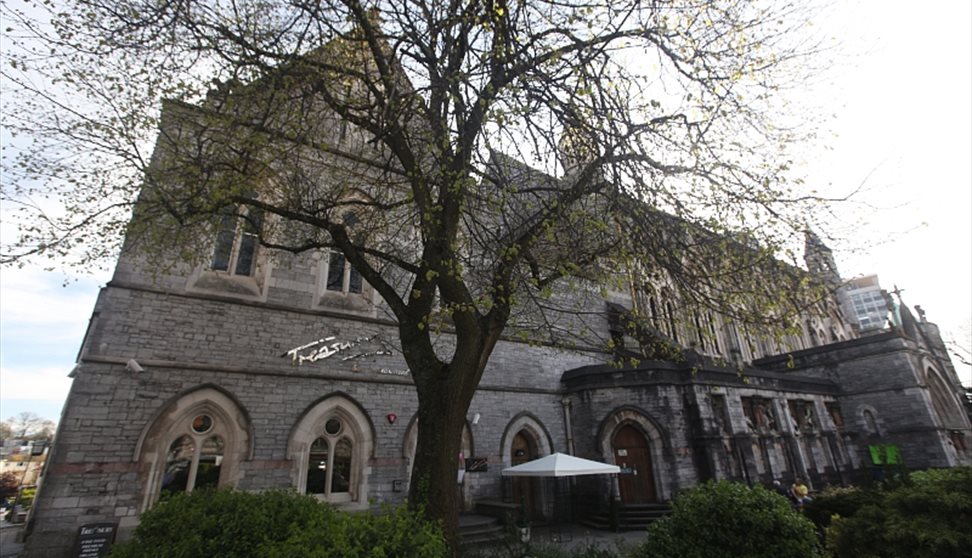
The Treasury
The Treasury is a beautiful building with an amazing history dating back to 1615.
The early 1870s to early seventeenth century properties – Hospital of the Poor’s Portion (The first Plymouth workhouse) and the Orphan’s Aid buildings – at the top of Catherine Street were cleared to make way for part of the new Plymouth Guildhall. Included within this new development was the new Police Court and for the next sixty years or so the police had their central base here. Just before the war, the Police moved out to a new HQ at Greenbank and soon after that Plymouth City Treasury moved in. Here they stayed for almost fifty years, until the time came for them to relocate in 1986.
Empty for some time, what had been the rates office became Plymouth’s newest bar/restaurant – The Treasury, bringing the building into the twenty-first century at the same time retaining the charm – the Treasury is now Plymouth's leading gin and cocktail bar, boasting more than 200 gins, huge neo gothic windows, soaring pillared ceilings and original art. The vibe is laid back, sophisticated and mature.
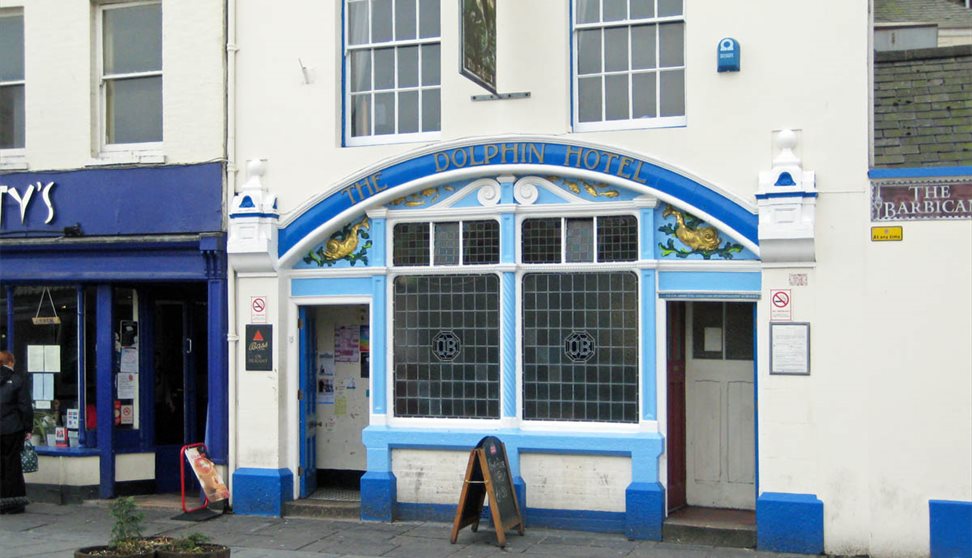
The Dolphin
The Dolphin was looked upon by ancient seamen as a friendly creature that would help them in a storm by twining itself around the anchor cable. This would prevent the anchor from dragging and secure the safety of the ship. With such a reputation it was not surprising that Dolphin became a much-used ship name, being used in the Royal Navy from 1648 to the present day. Neither is it surprising that it has long been a much used pub name, particularly in seaports – Plymouth, Stonehouse and Devonport – each one having their own. Today, most famously, only the Plymouth pub survives (located on the Barbican).
The pub is an unpretentious hostelry imploding with history, the Dolphin is a Plymouth institution famous for its cask ale and draught Bass served straight from the barrel. A grade II listed building the character of this establishment is charming, with tiled floors, well-used wooden benches, together with a real open fire which all adds to the ambience.
The walls are adorned with paintings by local artist, the late Beryl Cook, who painted many of the characters she encountered in the Dolphin.
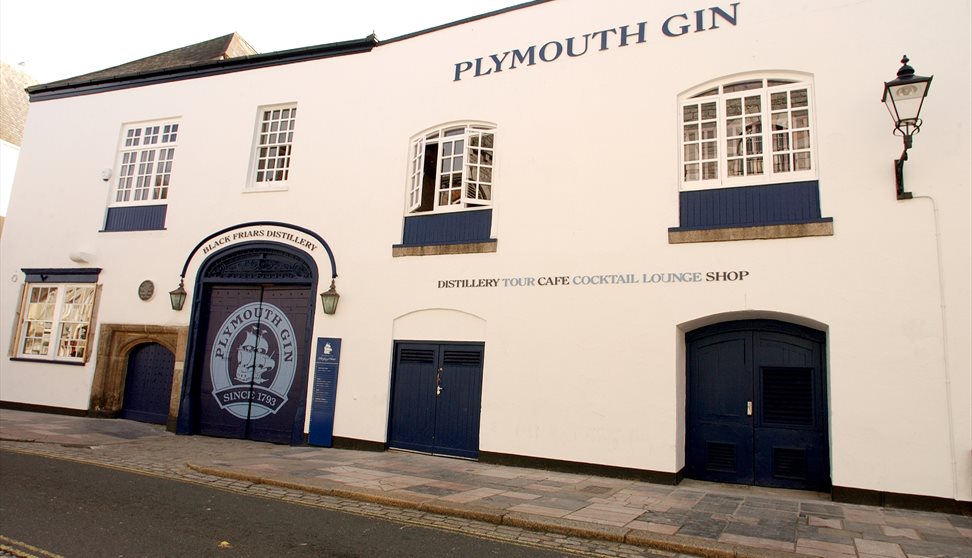
Plymouth Gin Distillery
The building dates back to the early 1400s, with the most intact part of the distillery, the Refectory Room – a medieval hall with a fine hull-shaped timber roof built in 1431, being one of the oldest buildings in Plymouth it is thus protected as a national monument and is one of the city’s most precious heritages.
The Distillery was once a monastery inhabited by the Black Friars. In 1536, at the time of the Reformation and dissolution of the monasteries, the former home of the Black Friars was put to a variety of other uses, including being the town’s debtor’s prison.
The Pilgrim Fathers were said to have spent their last night in England here in 1620 before setting sail on the Mayflower. The Mayflower ship forms Plymouth Gin’s trademark label today.
Black Friars is indisputably the oldest working gin distillery with records of a ‘malt-house’ on the premises going back to 1697. However, it was in 1793 that Mr Coates joined the established distilling business of Fox & Williamson and the distilling of Plymouth Gin began. Today there are several tours providing a fascinating overview of the history of the Distillery as well as an introduction to how Plymouth Gin is made.
There’s something extra special about enjoying a drink somewhere with a past – a place that’s hosted famous or illustrious names or existed during tumultuous periods of history. There are few more quintessentially English experiences than sipping a pint of ale in a centuries-old public house, where even the walls could tell you stories. Plymouth is awash with such historical places given the destruction wreaked by the Second World War bombs and post-war planners.


 to add an item to your Itinerary basket.
to add an item to your Itinerary basket.


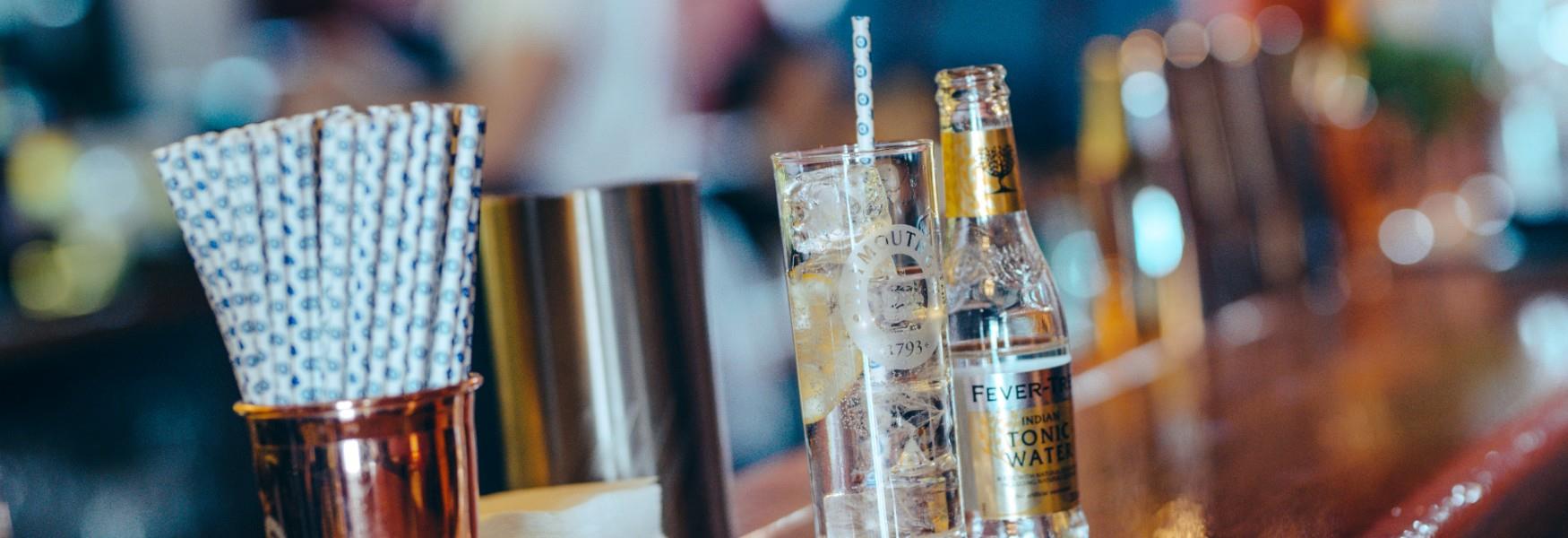





Tweet, Follow & Share